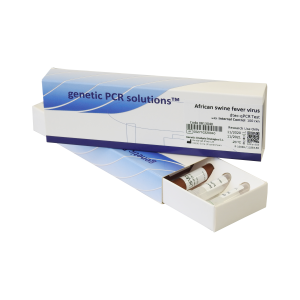
Monilinia brown rot
Description
The Mon-BR dtec-qPCR-Panel-4 contains all the components needed for Pathogens responsible of brown rot Monilinia fructicola, Monilinia laxa, Monilinia fructigena and Monilinia polystroma detection by using qPCR. Brown rot is one of the most destructive diseases of stone fruits, such as peach, nectarine, apricot, cherry and plum. Three species of Monilinia and the recently described anamorph, Monilia polystroma (formerly lumped into M. fructigena), cause brown rot in temperate regions on members of the Rosaceae. M. fructicola colonizes blossoms, twigs and fruit, primarily on Prunus spp., but also on pome fruit or other Rosaceae. M. laxa can colonize blossoms, twigs and fruit, but is generally considered more of a problem on blossoms and twigs. M. fructigena is primarily a problem on fruit of apple, pear and other pome fruits. M. polystroma is reported to cause rot on both pome and stone fruits. The brown rot fungus most commonly overwinters on fruit mummies on the tree and on the ground, in infested crop debris and in cankers. Spread of the fungal spores to new infection sites occurs by wind and rain-splash. Insects, such as honeybees or beetles, may also transport the fungal inoculum to new infection sites. Monilinia spp. occur throughout the world.
Kit Content and Prices
GPS™ primers and probes are sold for research use only
All GPS™ Kits are available in F100 and MONODOSE Format
GPS™ reagents are compatible with all qPCR devices


